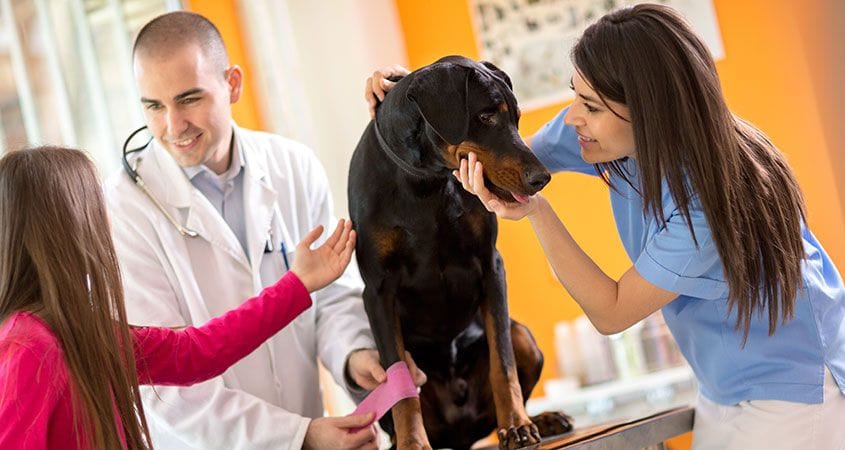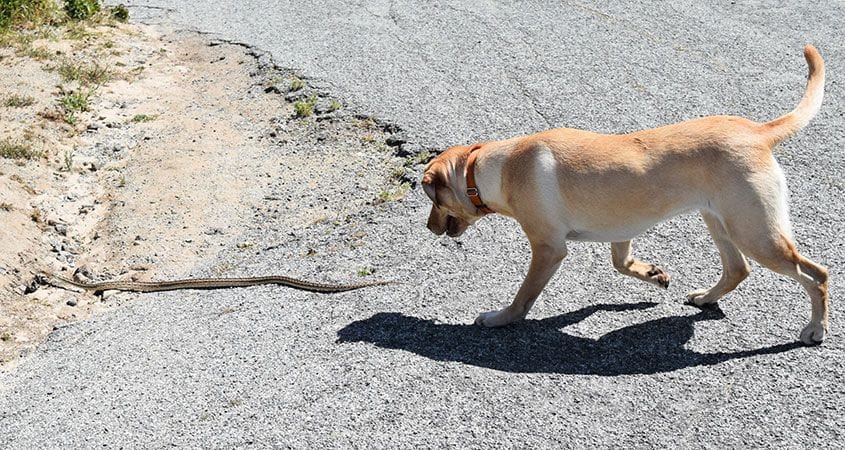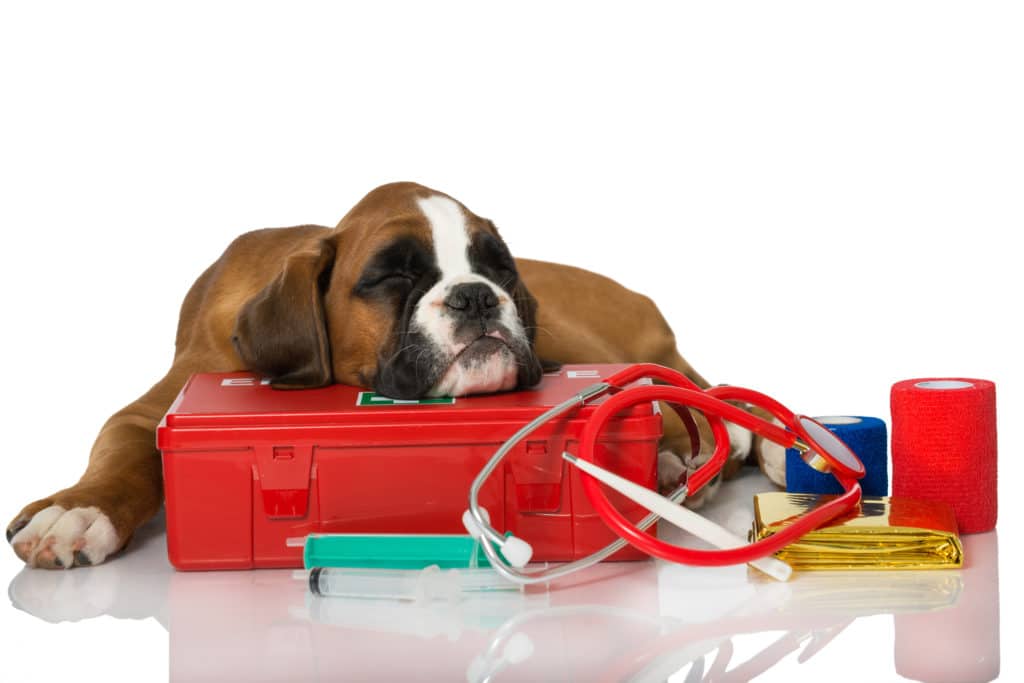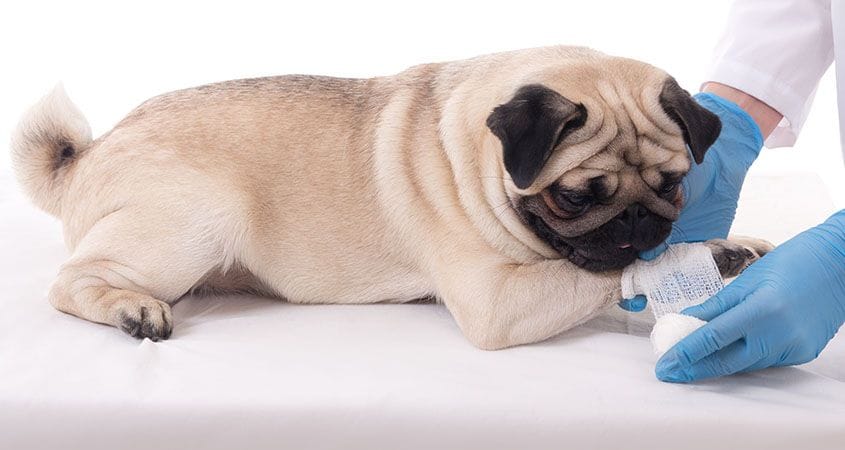Abrasions On Your Dog
When the top layers of skin are abraded, and tissue under the skin is not disturbed, we refer to this injury as a skin abrasion. Most superficial scrapes or wounds no longer than an inch or two can be treated with first aid, and larger or deeper abrasions require professional medical attention. Types of Abrasions Injuries can affect each dog differently. Knowing the difference of each type will aid you in understanding how to care for your pup and the type of first aid you or possibly your veterinarian will need to administer. Bites and Punctures A puncture can happen

















